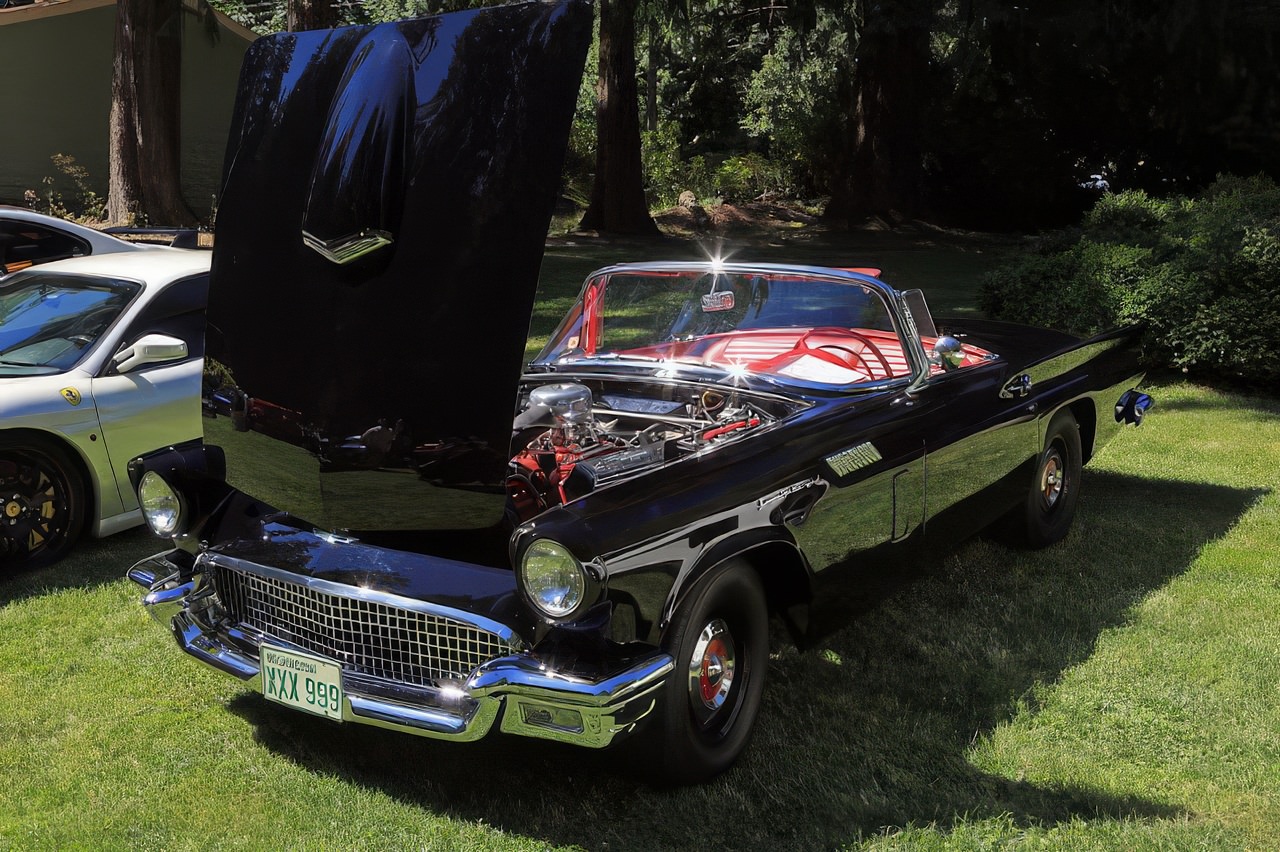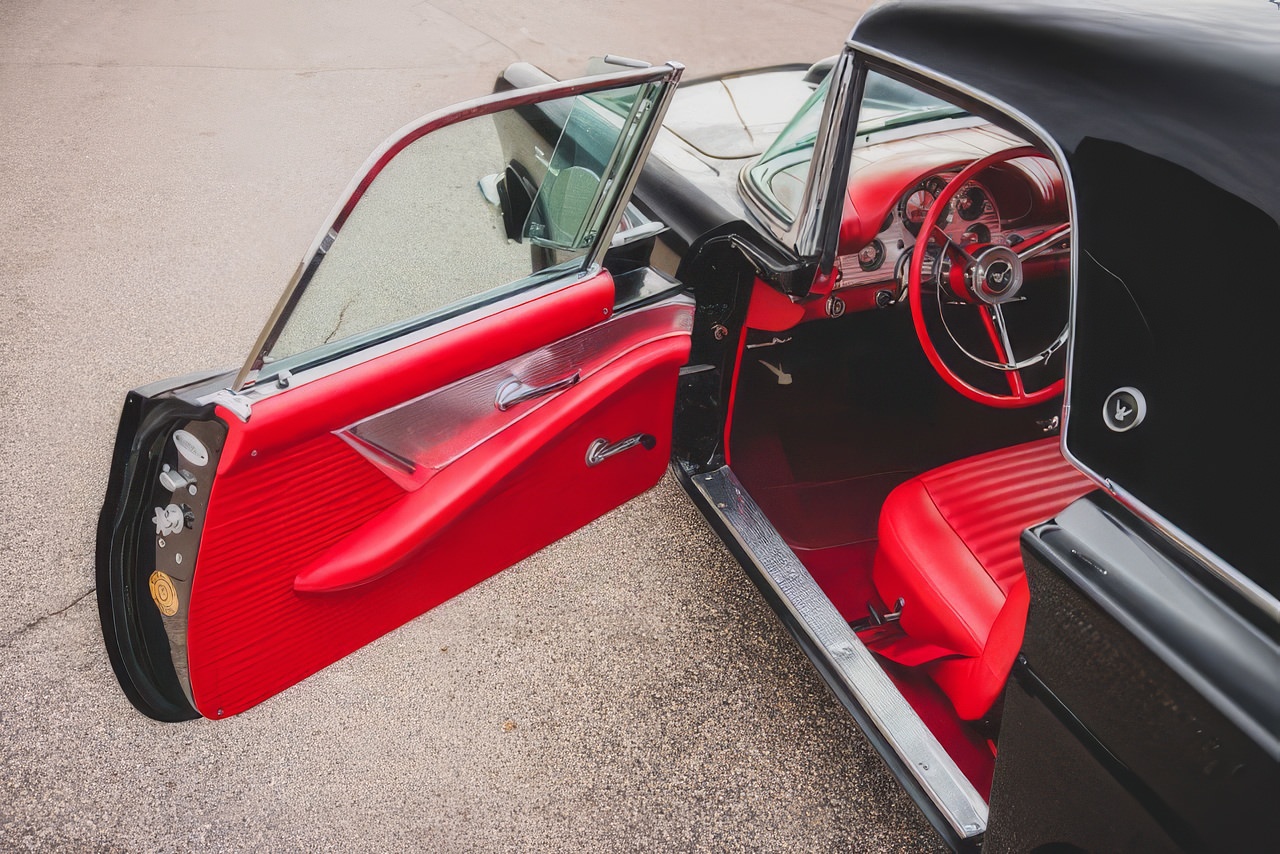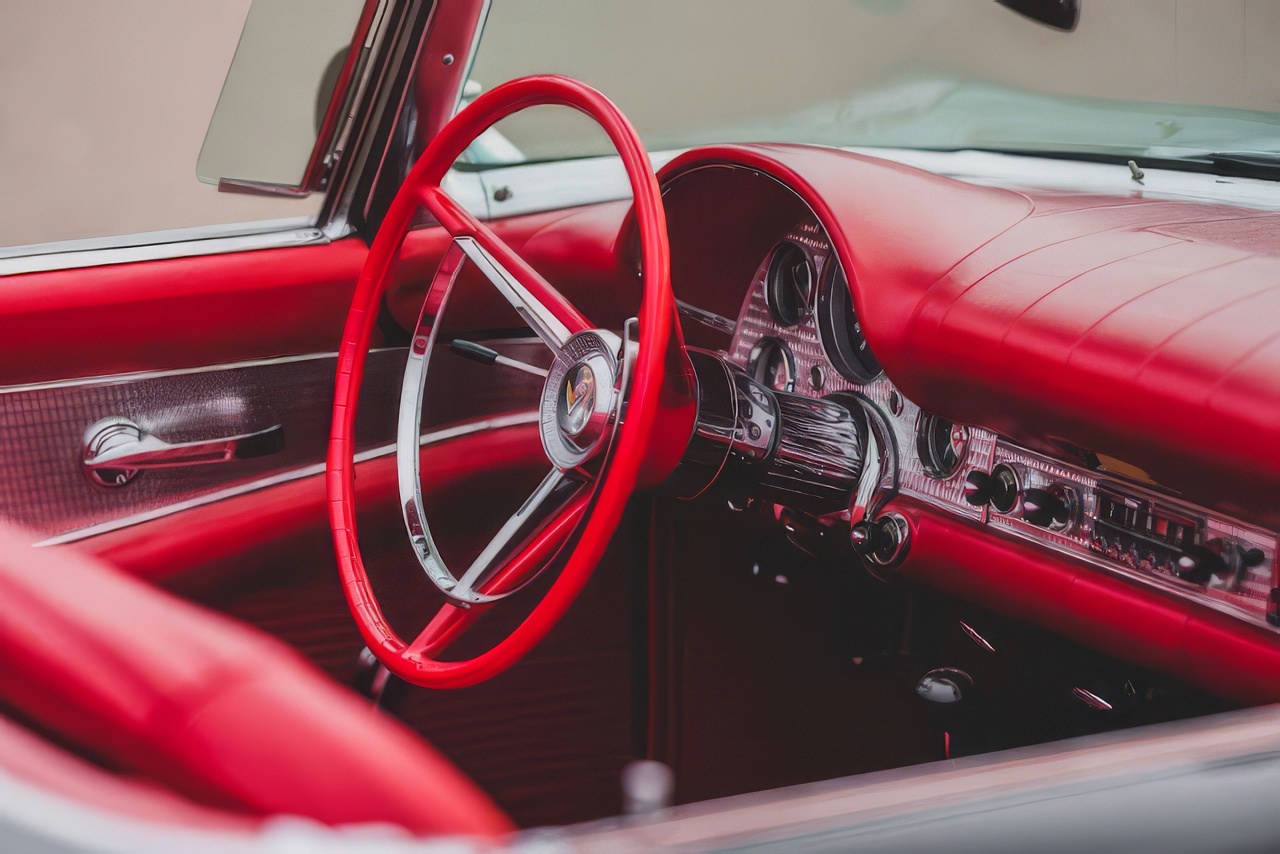In 1957, Ford introduced a version of the Thunderbird that would forever change the landscape of American sports cars: the Thunderbird “F-Code”. Known for its power, style, and performance, the F-Code variant of the Thunderbird emerged as a pinnacle of automotive engineering, capturing the imagination of car enthusiasts and the public alike.



Ford equipped the 1957 Thunderbird “F-Code” with a supercharged 312 cubic inch V8 engine, setting it apart from its predecessors. This powerful engine delivered an impressive 300 horsepower, a remarkable feat that positioned the Thunderbird as a serious contender in the sports car market. The addition of a McCulloch/Paxton supercharger not only enhanced its performance but also its allure among those seeking both luxury and speed.




Beyond its technical specifications, the 1957 Ford Thunderbird “F-Code” boasted a design that was both elegant and aggressive. Its sleek lines, iconic tailfins, and distinctive front grille made it a standout on the road. Ford paid careful attention to the aesthetic appeal of the Thunderbird, ensuring that it matched its performance with equally compelling looks.


The exclusivity of the 1957 Thunderbird “F-Code” added to its allure. Ford produced just 212 units of this model, making it a rare gem in the automotive world. This limited production run has made the F-Code one of the most sought-after classic cars among collectors and enthusiasts, with its rarity contributing to its mystique and desirability.
The car came with a Holley four-barrel carburetor and a special high-performance camshaft, which were integral to achieving its remarkable horsepower. Additionally, the F-Code model featured a three-speed manual transmission with overdrive as standard, though buyers could opt for a Ford-O-Matic automatic transmission if they preferred.
he 1957 Thunderbird “F-Code” not only looked the part but also proved its mettle on the track. It quickly set performance benchmarks, showcasing its capabilities in acceleration and top speed. Its engineering prowess allowed it to achieve speeds that few other cars of the era could match, cementing its status as a high-performance vehicle.


